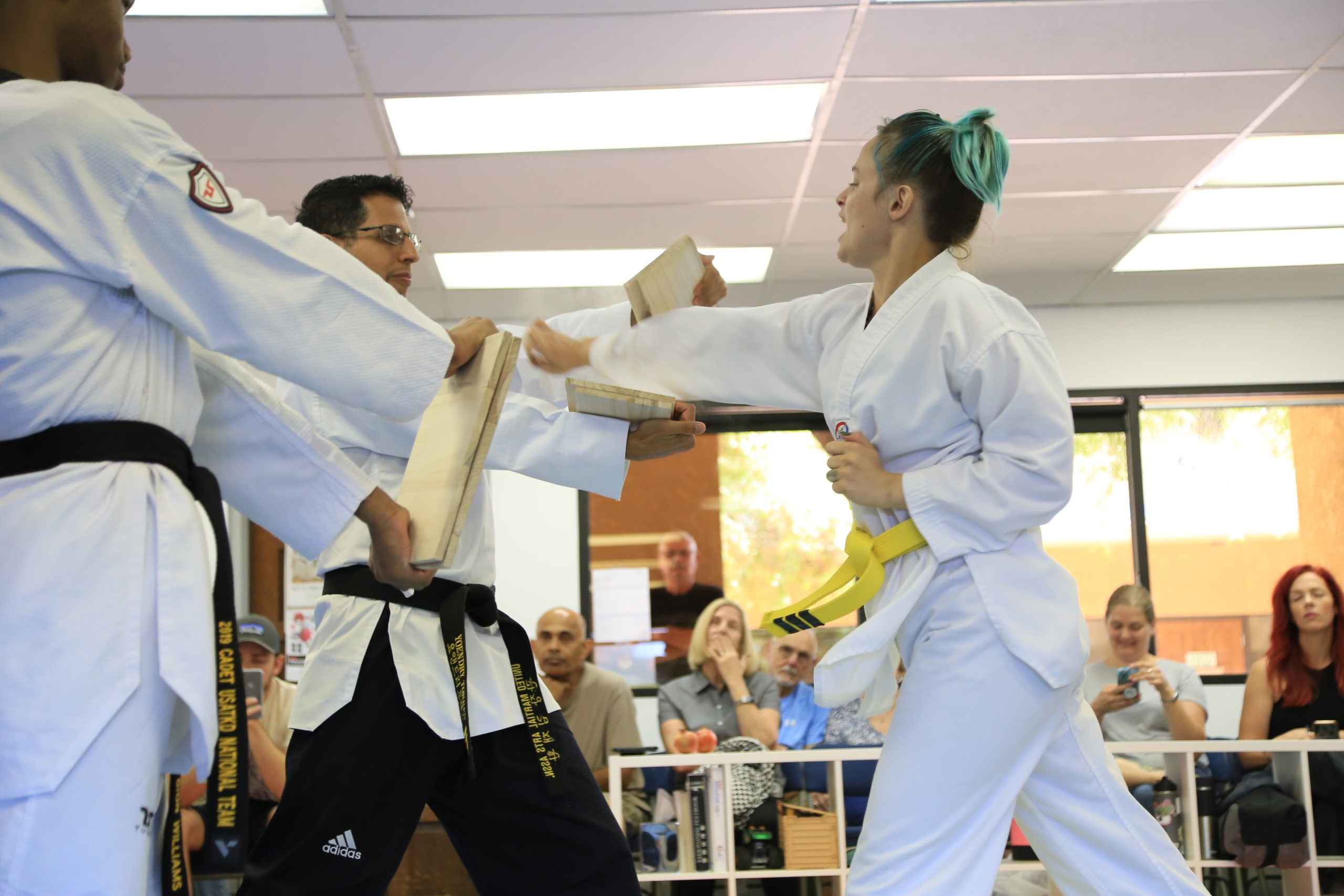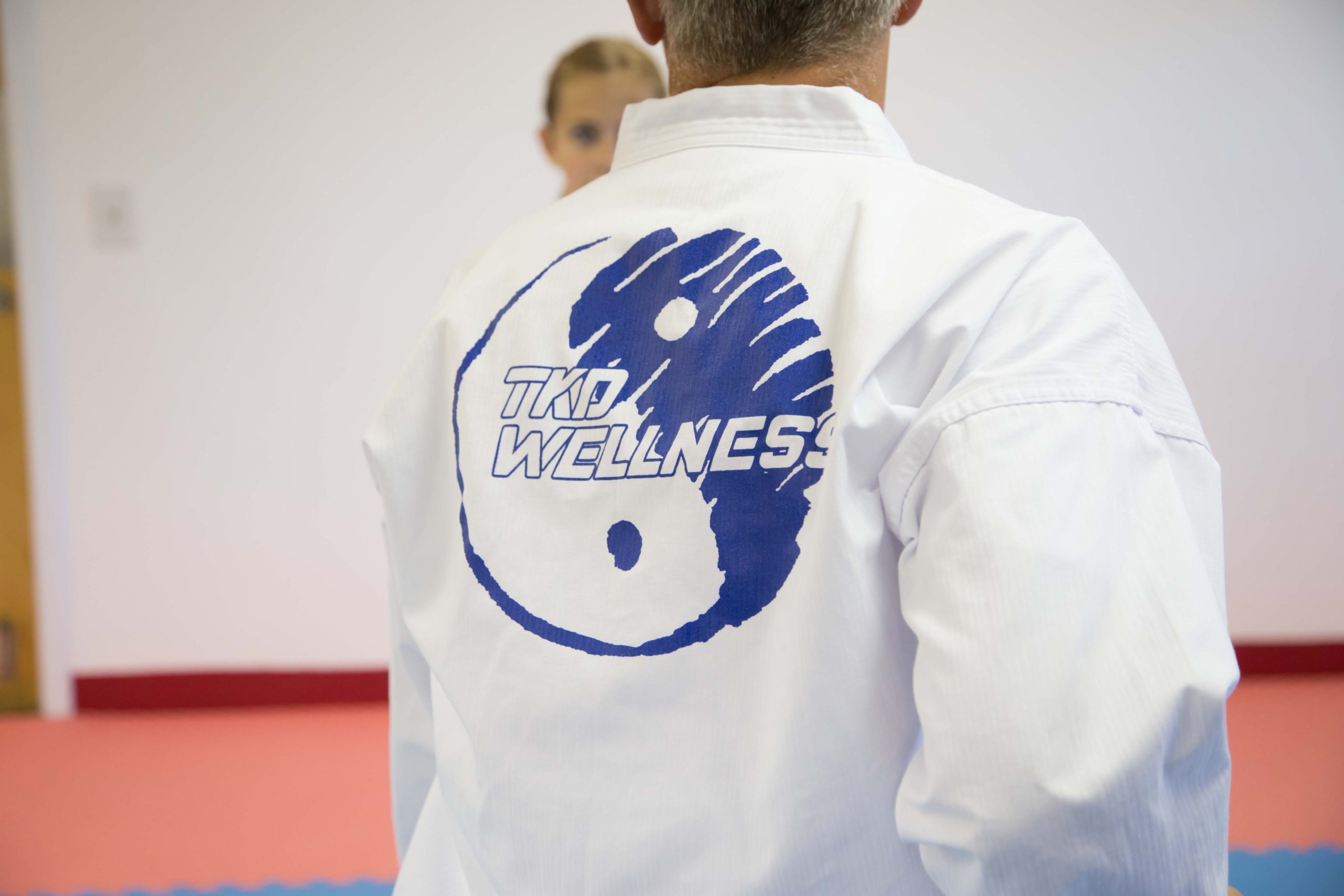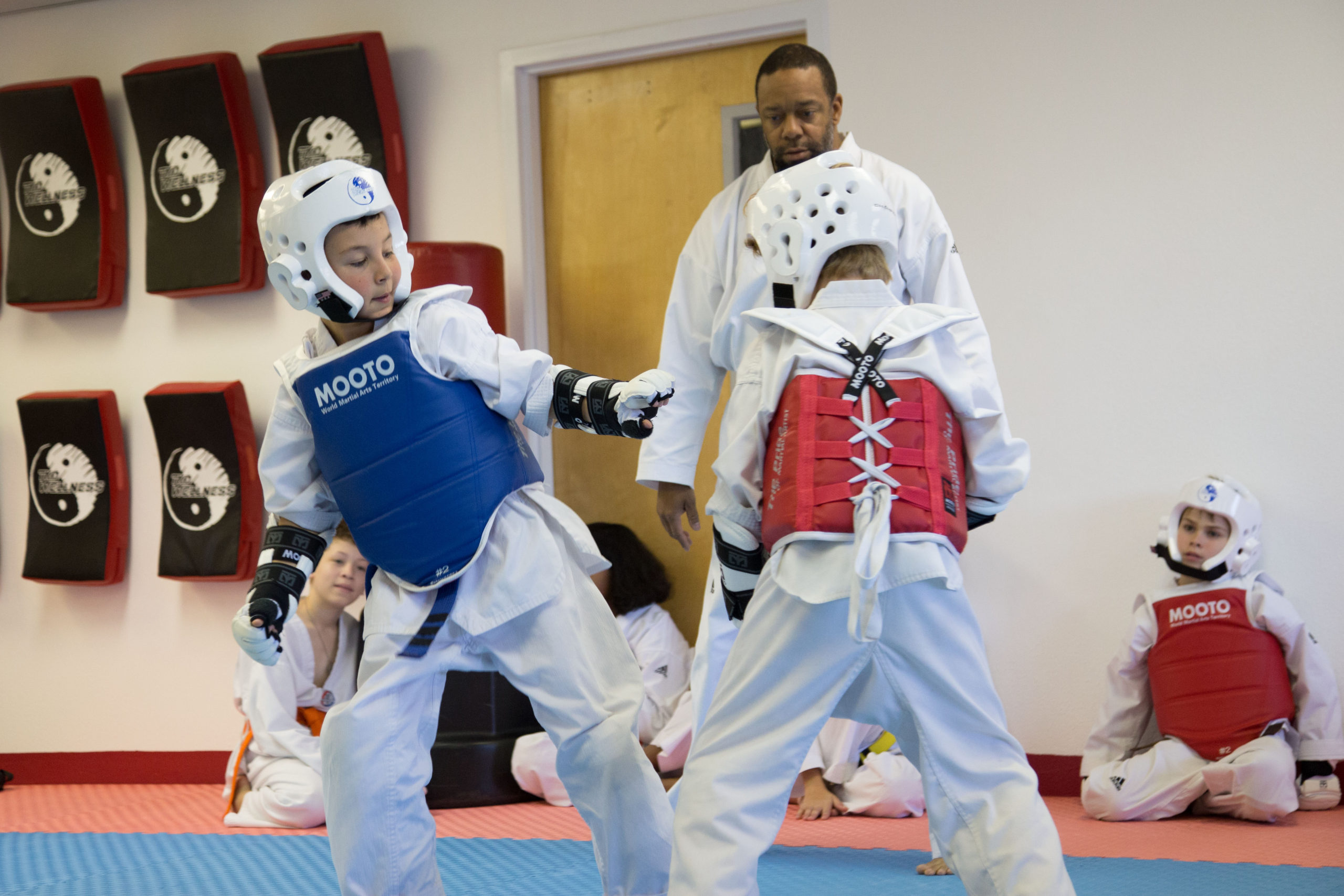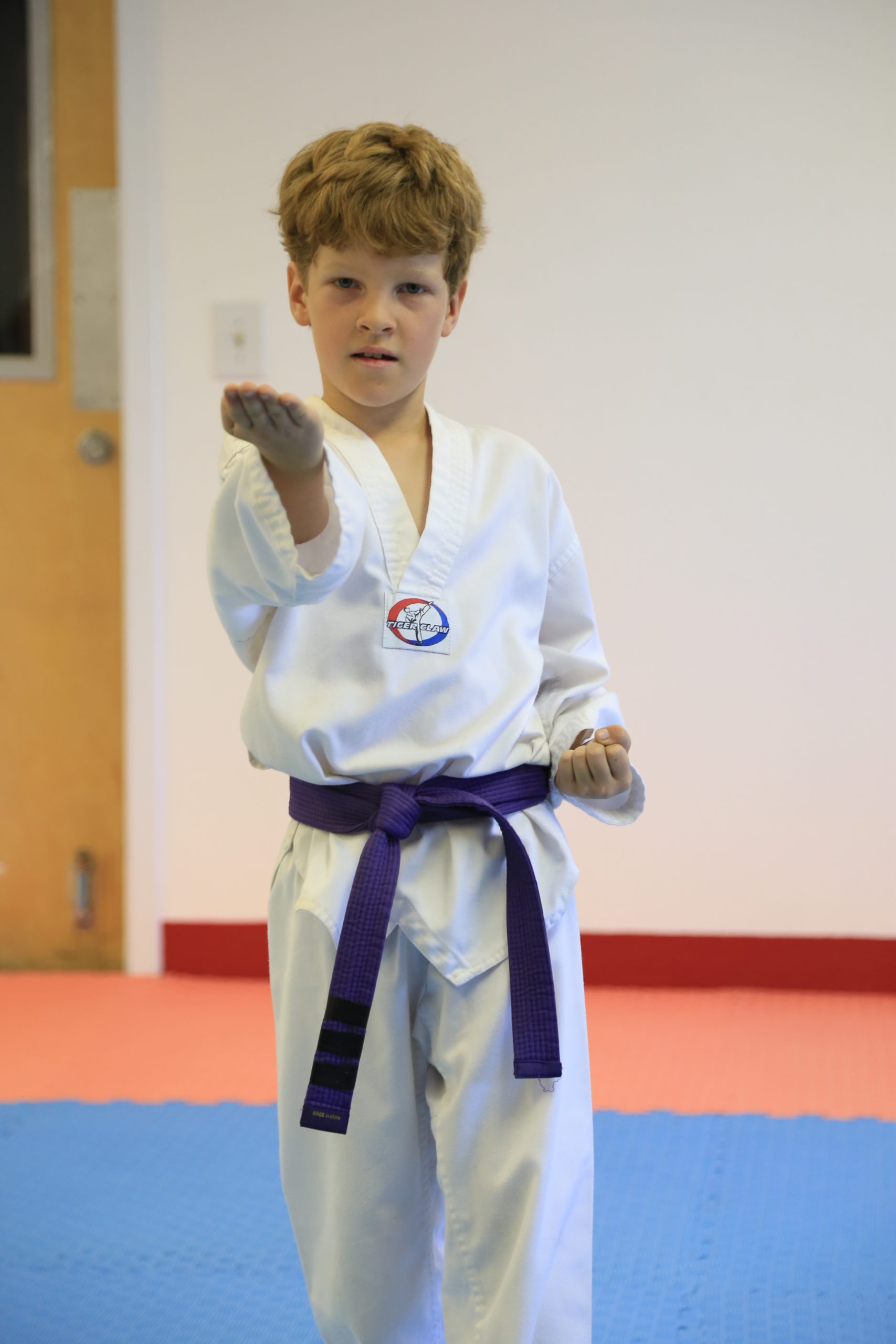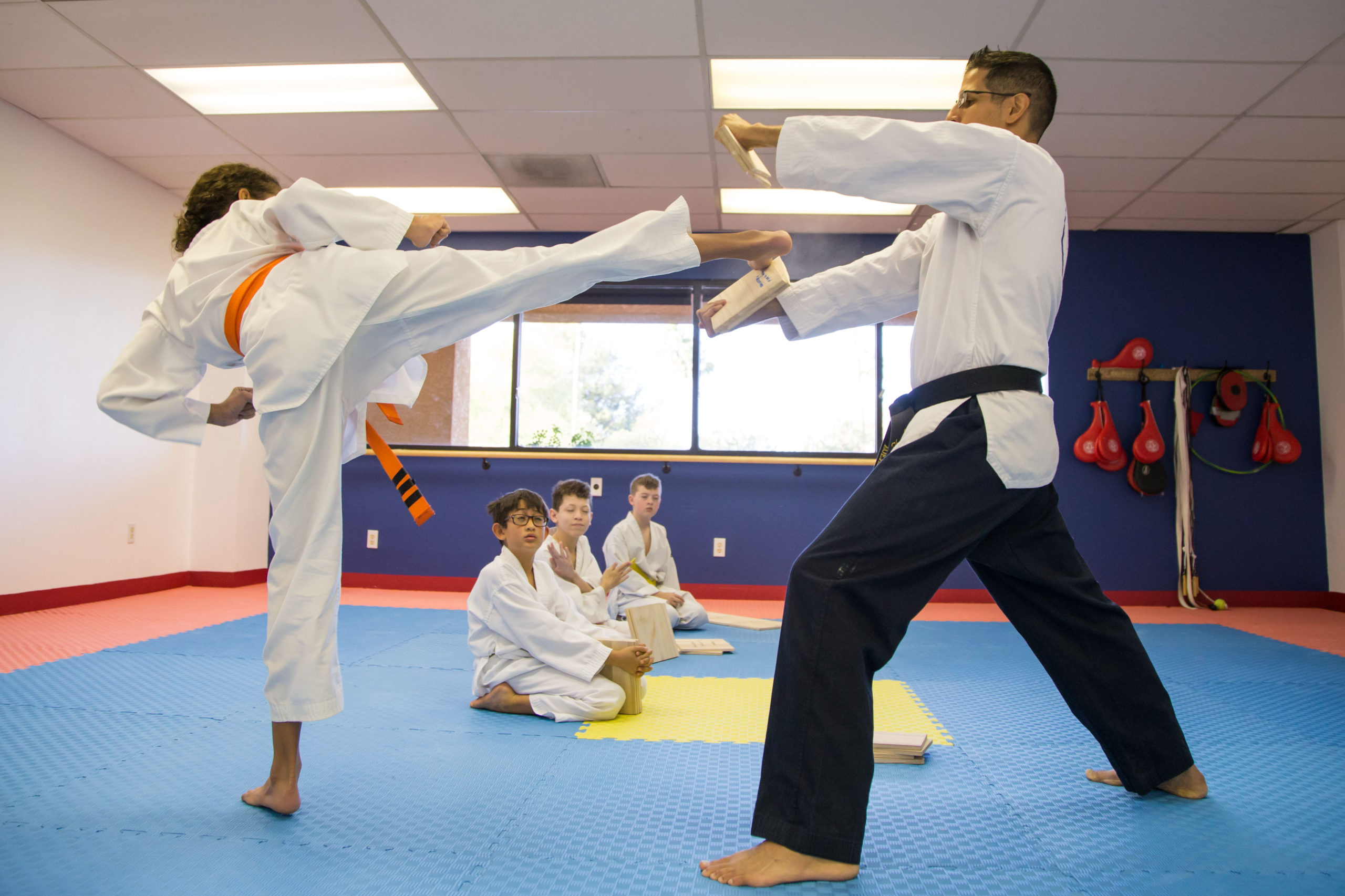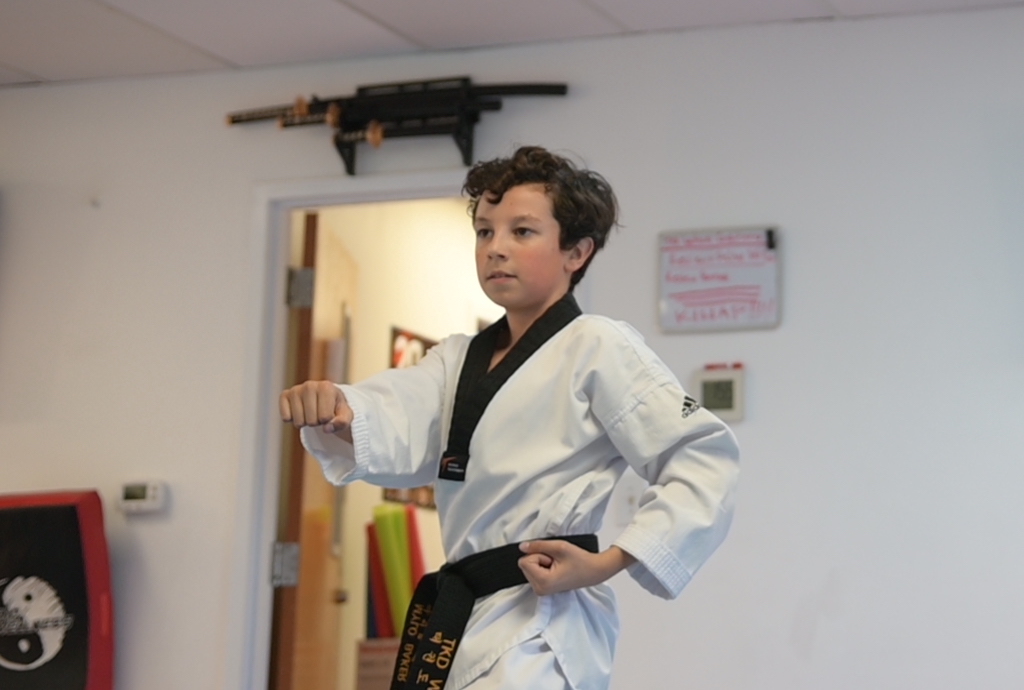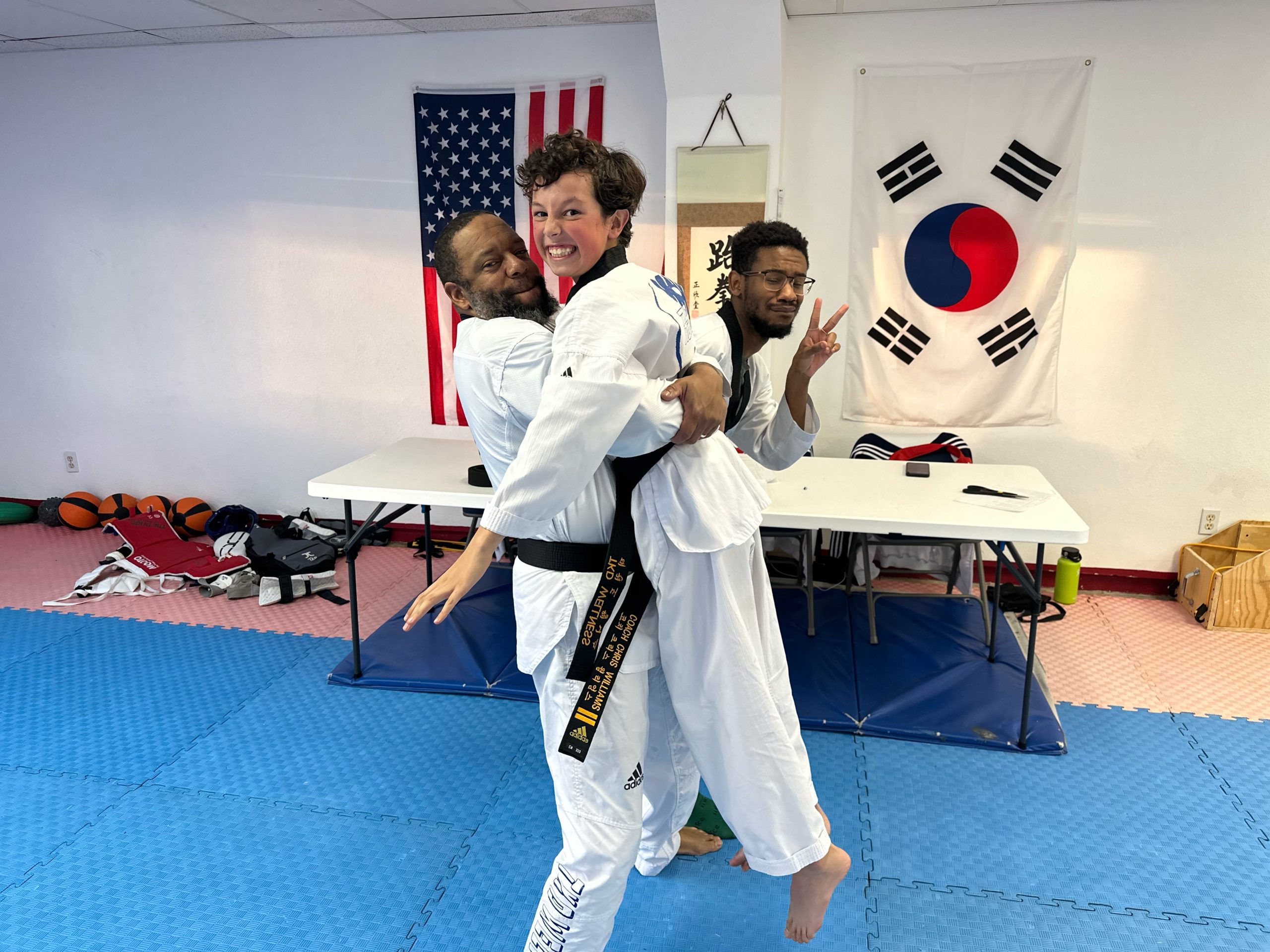
In recent years, the benefits of martial arts training, particularly Taekwondo, have gained attention not just for physical fitness but also for cognitive and emotional development. A recent study published in Psychiatry Investigation delves into the effects of Taekwondo training on brain connectivity and body intelligence in children. The research sheds light on how this traditional Korean martial art can enhance body perception and brain function, offering valuable insights for parents looking to support their children’s holistic development.
Key Findings
- Improved Body Intelligence:
- The study assessed body intelligence using the Body Intelligence Scale (BIS), which measures aspects such as energy body awareness, comfort body awareness, and inner body awareness.
- Children who practiced Taekwondo (the TKD group) scored significantly higher on the BIS compared to those who did not engage in Taekwondo training. This suggests that Taekwondo helps children develop a better sense of body functioning and emotional control.
- Enhanced Brain Connectivity:
- The researchers used resting-state functional magnetic resonance imaging (fMRI) to evaluate brain connectivity.
- The TKD group showed increased brain activity in the right frontal precentral gyrus and right parietal precuneus, areas associated with motor control and body perception.
- There was also improved functional connectivity from the cerebellum to various regions of the brain, indicating better integration of sensory and motor functions.
- Correlations with Self-Perception:
- The study found a positive correlation between brain activity in the precentral gyrus and BIS scores, particularly in the TKD group. This means that as children practiced Taekwondo, they not only improved their physical skills but also enhanced their body awareness and self-perception.
Applying the Research
Parents can use these findings to encourage their children to participate in Taekwondo or similar structured physical activities. Here are some practical applications:
- Holistic Development:
- Taekwondo training can be a comprehensive approach to children’s development, improving physical fitness, cognitive function, and emotional well-being. Encouraging children to engage in Taekwondo can help them build a strong mind-body connection.
- Improving Balance and Coordination:
- The training routines in Taekwondo, such as swift kicking and single-leg standing, enhance balance and postural control. This is particularly beneficial for children aged 7-12, a critical period for developing body perception and postural control.
- Boosting Self-Confidence:
- Regular practice can lead to increased self-efficacy and confidence. As children master complex movements and improve their body intelligence, they may also see improvements in their overall self-esteem and emotional resilience.
- Enhancing Academic Performance:
- Improved brain connectivity and body intelligence can translate to better concentration and cognitive performance in school. The discipline and focus required in Taekwondo can help children develop skills that are transferable to academic settings.
Conclusion
The study provides compelling evidence that Taekwondo training can significantly enhance body intelligence and brain connectivity in children. Parents looking for effective ways to support their children’s physical and mental development should consider integrating Taekwondo into their routines. This martial art not only promotes physical fitness but also fosters cognitive and emotional growth, contributing to a well-rounded development.
Main Takeaway
Encouraging children to practice Taekwondo can lead to significant improvements in their body intelligence and brain connectivity, fostering holistic development that includes physical, cognitive, and emotional growth. Parents should consider this martial art as a valuable tool for enhancing their children’s overall well-being.
Photo by Robina Weermeijer on Unsplash
Written by AI & Reviewed by Clinical Psychologist & Head Coach: Yoendry Torres, Psy.D.
Disclaimer: Please note that some blog posts may contain affiliate links and Sana Network will earn a commission if you purchase through those links at no additional cost to you. We use all of the products listed and recommend them because they are companies or products that I have found helpful and trustworthy. Our website is supported by our users.

